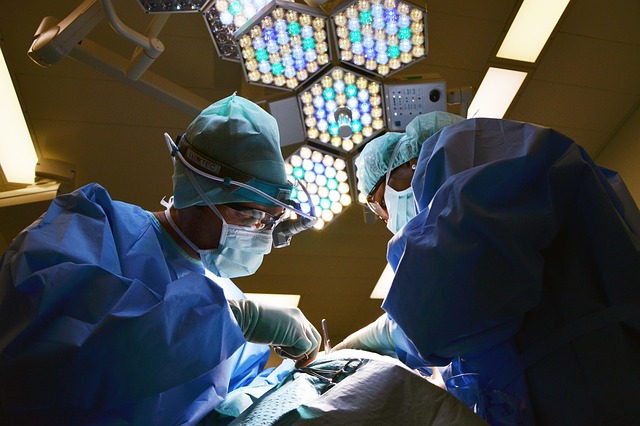Neonatal Circumcision: Facts And Myths
The technique of circumcision is a rather recent surgical process and can have a wide range of complications and risks associated with that. The risks are particularly good in a child, as the penis is a very sensitive area that’s easily irritated and may be damaged by incorrect or surplus techniques. A few children have their Circumcision process done incorrectly and this may cause the penis to become injured beyond repair. There is also a higher risk of complications when the procedure is carried out too late, as the wound is much more likely to become infected before any real advantages can be gained.
It is usually carried out on infants and entails gently pulling the foreskin back with a plastic or ring ring on a narrow rubber band. After this is completed, the skin is then folded back on the mind so the glans is exposed. The purpose is to expose the sensitive head of the penis, letting it be scratched by the finger for hygiene purposes. Once this was done, the doctor then places a very small amount of local anaesthetic on the mind of the penis so that he can perform the surgery without too much pain. With very little anaesthetic utilized, the man should not feel a thing. This is one of those few occasions when a traditional doctor wouldn’t be regarded as able to perform a thriving circumcision procedure, because contemporary physicians have learned how to do the procedure without dyes or suction.
There’s some debate as to if the procedure reduces the possibility of disease. There’s some evidence to show that there’s a decrease in the spread of bacteria between the patient and his parents after the circumcision procedure, but this hasn’t been fully substantiated. There is also some concern about the fact that the majority of the patients that have experienced the process have a history of disease, including herpes, genital warts, and hepatitis. Considering these diseases are transmitted through sexual contact, the foreskin would seem to offer a logical place for the transmission procedure to happen.
Circumcision can be performed either independently or in group circumcisions. Group circumcisions are typically used where there is more than 1 child who needs the process. In these situations, one pediatrician will perform circumcisions on several children at exactly the same moment. An adult will conduct the process on an adult male who has been advised by the treating physician that he is healthy enough to agree to the process.
ndividual infant or newborn boys can be given local or general anesthesia. After the initial anesthetic has worn out, they’ll be administered anesthetics
Individual infant or newborn boys can be given local or general anesthesia. After the initial anesthetic has worn out, they’ll be administered anesthetics during the process too, though they won’t feel any pain. If the physician intends to utilize a device during the process, he will need to check with your parent to ensure that the device will not cause any distress to the baby. When he chooses to go with petroleum jelly as an embryo, he must check with the parent to see if the jelly will put any pressure on the baby’s head.
The hospital gown that most adult patients utilize after getting their process will not prevent them from slipping and breaking their bones. But it may protect them from additional injury or trauma. Before leaving the hospital, the adult patients should be carefully examined to ensure that all of their wounds, sutures, bandages, fluids, and any other thing that were involved throughout the procedure are properly disposed of. Any bandages that the adult individual has worn throughout the procedure should be removed and thrown off. In some hospitals, nurses will inspect the mature patients before sending them home and will perform a last disinfection if needed.
Many parents prefer using a hospital gown rather than a dressing gown for their baby’s procedure. This is because hospital gowns do not have pockets, straps, or other closures which are common with dressings. The additional layer of clothes can help to reduce the odds of rash or accidental cutting during the adult circumcision procedure. While most hospital dresses are color-coordinated, newborns might prefer to use a colored hospital gown so that their skin is less noticeable to other people during the procedure.
Newborns should not be permitted to sleep with their parents throughout their infant circumcision procedure, and they need to be kept in their room until the whole procedure is completed. Circumcisions normally take just ten minutes, but this time may change based on the physician. Some doctors need the baby to remain in the operating room while the first few cuts are being made. Doctors will make it possible for the parents to collect their own infant from the hospital shortly after the first cut has been made, however they should return immediately to take their child home.




